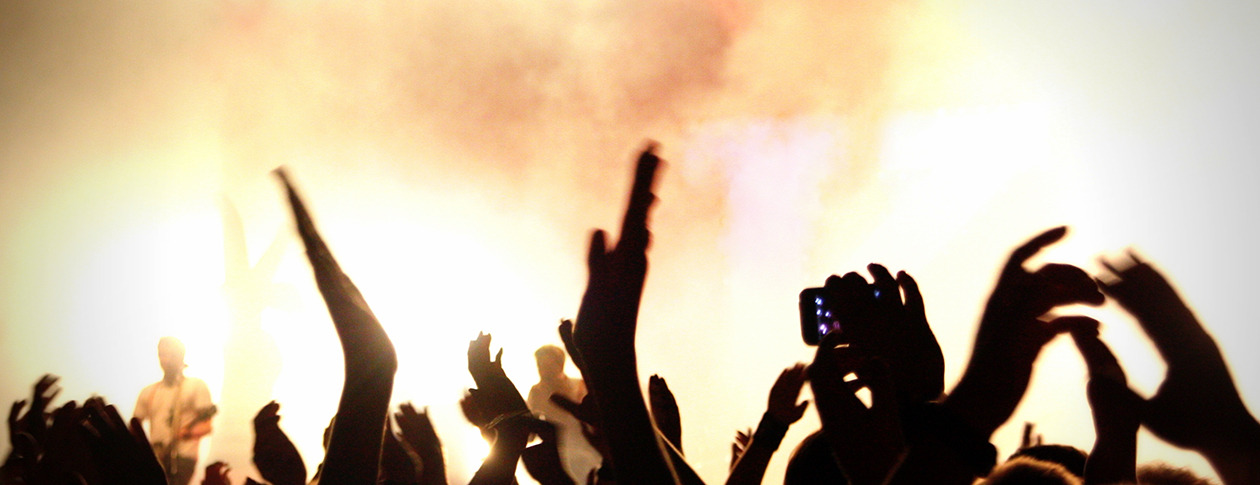We like to think we can read people like a book, relying mostly on tell-tale facial expressions that give away the emotions inside: the way the brows lift slightly with alarm, or the crow’s feet that crinkle with a wide smile. But when it comes to the strongest emotions, we read much less from facial expressions than we think we do. In fact, even though we believe it’s the face that tells the story, we’re typically reading something very different: body language and social cues.
Aviezer says his results suggest that the classic textbook distinction between positive emotions and negative emotions may need to be revised to incorporate the possibility that they may share more underlying physiological features than we thought. That could have implications for theories that link emotions to economics, social psychology, and neuroscience.
“I also think the findings may have some clinical applications,” he says. “Consider populations such as individuals with autism or various neuropsychiatric disorders. […] our work suggests that perhaps we should zoom out a bit and teach them how to recognize emotions from the full person in context.”
